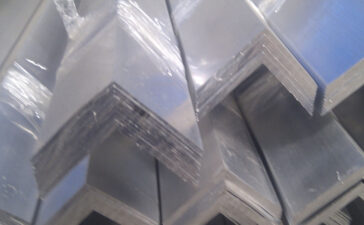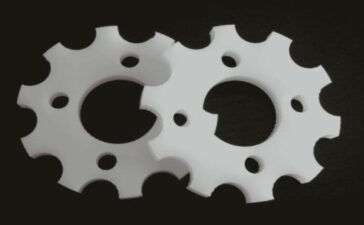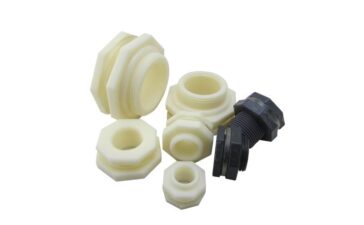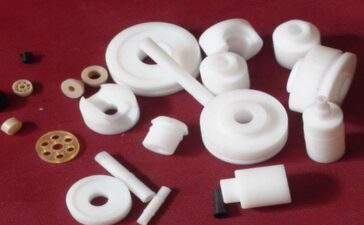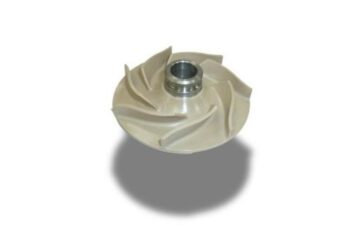1. The shrinkage problem of plastic processing is one of the most common problems in plastic processing. For plastic products with high surface quality requirements, shrinkage is even more difficult. Therefore, with the continuous improvement of plastic processing technology, it is imperative to minimize the problem of plastic processing shrinkage and improve product quality.
2. The shrinkage formed in the thicker parts of plastic injection molded plastic parts, such as ribs or protrusions, is more serious than the adjacent positions, because the cooling rate of the thicker area is much slower than that of the surrounding area. Different cooling speeds lead to the formation of depressions at the connection surface, which are familiar shrinkage marks. This defect severely limits the design and molding of plastic products, especially large thick-walled products such as the beveled cabinets and display housings of televisions. In fact, for products such as household appliances that have strict requirements, shrink marks must be eliminated, and for toys and other products with low surface quality requirements, plastic processing shrink marks are allowed.
3. There may be one or more reasons for the formation of plastic processing shrinkage marks, including processing methods, component geometry, material selection, and mold design. The geometry and material selection are usually determined by the raw material supplier and are not easily changed. However, there are many factors related to mold design that may affect the shrinkage of plastic processing. Cooling runner design, gate type, gate size may produce multiple effects. For example, small gates such as tube gates cool much faster than tapered gates. Premature cooling at the gate will reduce the filling time in the cavity, thereby increasing the chance of shrinkage marks. For molding workers, adjusting the processing conditions is a way to solve the shrinkage problem of plastic processing. Filling pressure and time significantly affect shrinkage. After the part is filled, the excess material continues to fill the cavity to compensate for the shrinkage of the material. If the filling stage is too short, the shrinkage will increase and eventually more or larger shrink marks will be produced. This method of solving shrinkage in plastic processing may not reduce shrinkage marks to a satisfactory level, but molding workers can adjust the filling conditions to improve shrinkage marks.
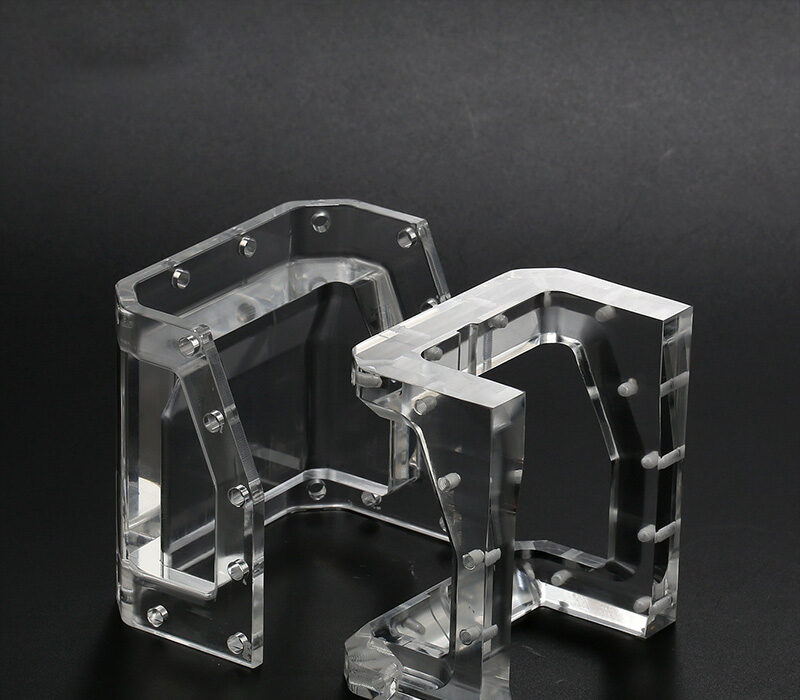
China Mold > Blog > 未分类 > Precautions For Plastic Processing
You Might Also Like
Which factors affect the excellent electroplating quality of zinc alloy die castings?
Plastic Mold2021年6月29日
For zinc alloy die castings to be electroplated surface treatment, this link is very important. If the electroplating is not...
Advantages of ABS plastic hand plate
1. As one of the most widely used plastics, ABS has good impact resistance, heat resistance, low temperature resistance, and...
Application of UHMWPE
As UHMWPE has many excellent properties, it has shown great advantages in the high-performance fiber market, including from offshore oilfield...
Features of Teflon Spray Machining
Teflon spraying process brings the benefits of the surface of the working parts. To a certain extent, Teflon spraying brings...
Application of PPS
Because PPS has good heat resistance, excellent mechanical properties, and good chemical stability and water resistance., PPS processed products are...

